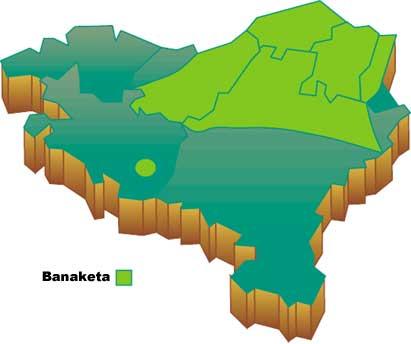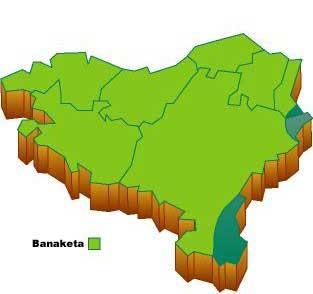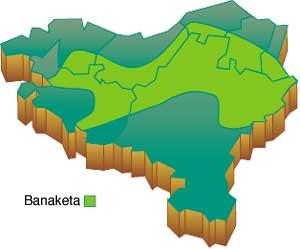In white spring, white,... black snow
1995/04/01 Terés, Joxepo Iturria: Elhuyar aldizkaria
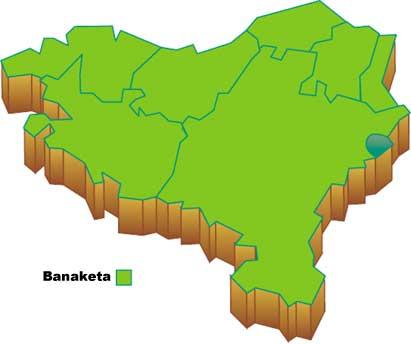
Rosaceae are very well represented in our flora. In general, a hundred genera and more than 3,000 species have been classified on our planet, more abundant in the temperate regions of the Northern Hemisphere. In the Basque Country, of the 100 genera mentioned, they have been classified around 26, knowing more than 80 species. These species are distributed in herbaceous, shrubby and arboreal. Most known fruit trees are classified into these species and many are cultivated for ornamentation.
This time the BLACK HAWTHORN that occupies us is shrub, cracked and marinated. Usually small, although sometimes it can reach up to 4 meters. It is easy to recognize since it keeps the thorns of the ends of the branches very abundant in the different seasons of the year. The young branches are quite pubescent. On the other hand, it is deciduous with oval lanceolate leaves and slightly sawn at the edges, 2-4 cm long and matt green.
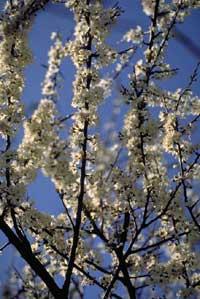
If in spring you see a bush full of white flowers, you almost certainly have encountered a black hawthorn. And so, because its flowering is very fruitful, so the whiteness of the petals is usually very evident. The fruits, on the other hand, arrive at the end of summer and are well known: they are drupated, rounded and blue-blackish, and with the maceration in anise the patxaran is achieved.
Elorri beltza has spread in almost all of Europe, especially in Western Asia and North Africa. In general it is located in open places (hedges, forest areas, bushes, etc.) and from sea level to mountain top everywhere, except at the highest peaks of the Pyrenees. Despite being well represented in most of our regions, in the southern regions it is more abundant.
Black hawthorn is also used as a medicinal herb. They say that the flower contains nitriloglucosides, caustic acid glycosides, coumarin and flabonglucosides and that its fruits are amygdalin, acids and vitamin C. This way it is used to combat jam, stomatitis and pharyngitis with fruits. Flowers such as diuretics and purgatives, and leaves against hydrops and asthma.
Finally, it is worth mentioning that this species is used for the production of hedges, since, in addition to properly supporting pruning, it has a thorny branch that allows different uses.
Family: Rosaceae |

Gai honi buruzko eduki gehiago
Elhuyarrek garatutako teknologia




